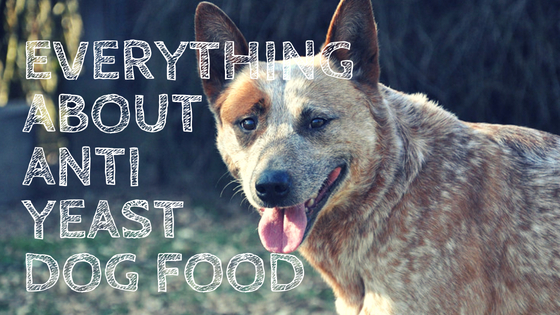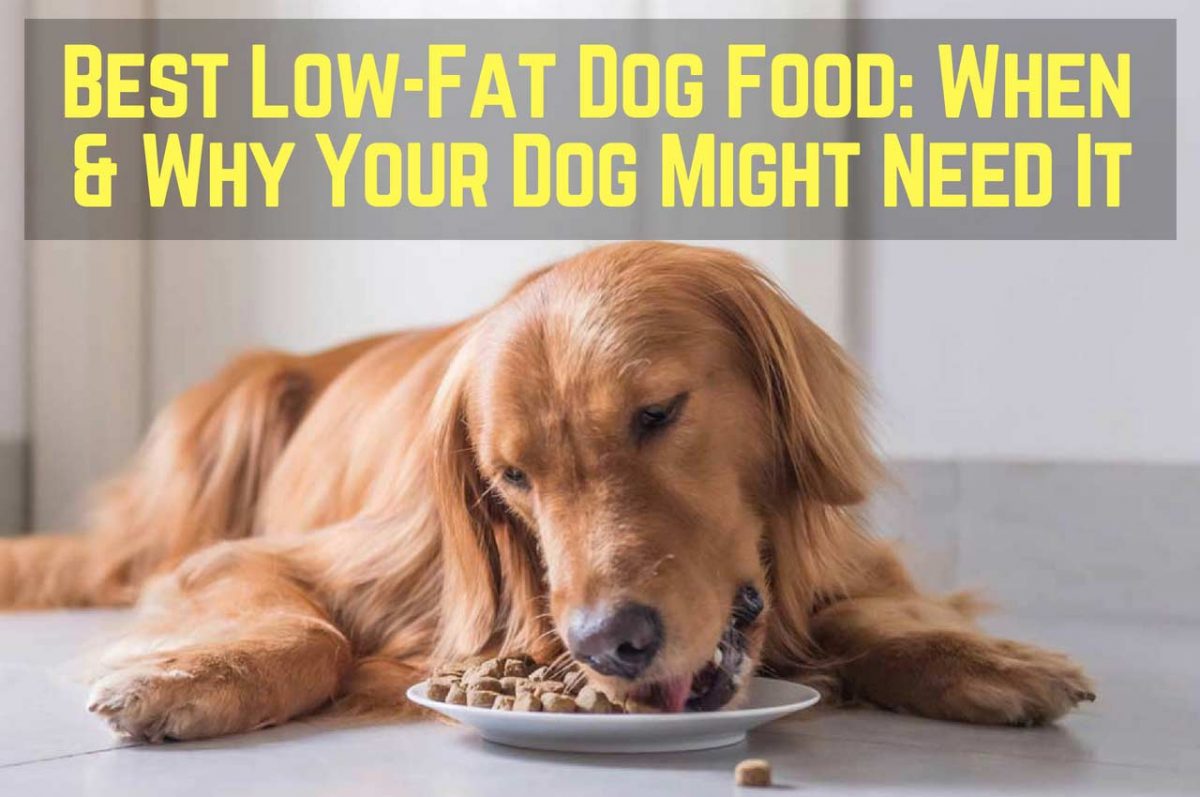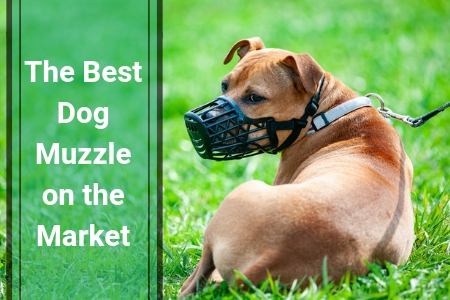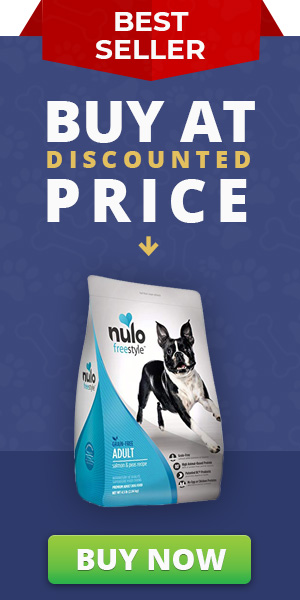If you are a pet owner, you know how bad it feels like when your pet is unwell.
A veterinarian can give you the best advice regarding the treatment of yeast infection, but it is very important to give your furry friend the right food as well.
Anti-yeast dog food can make a whole lot of difference. There are particular foods you should incorporate in your dog’s diet and eliminate others.
Top Anti-yeast Dog Foods Sold Online Today
Product Image | Product Name | Customer Reviews | |
|---|---|---|---|
Nulo Adult Dog Grain Free Salmon 4.5lb | |||
Blue Buffalo Dog Basic Grain-Free Turkey Potato 11 Lbs. | |||
IAMS GRAIN FREE NATURALS Adult Dog Chicken and Garden Pea Recipe Dry Dog Food 17.2 | |||
Earthborn Holistic VENTURE Grain Free Pork & Butternut Squash | |||
Earthborn Holistic Weight Control Grain Free 28lb | |||
NUTRO MAX Adult Grain Free Recipe With Farm Raised Chicken | |||
Grandma Lucys Dog Pure Grain Free Rabbit Chickpea 3 Lbs. |
What are Yeast Infections?
Yeast infections are some of the most common dog illnesses. Since the infections cause itchy skin, they irritate your pooch and might lead to more severe conditions. The infections normally target the skin especially the ears. They can lead to serious soreness on the entire body, not to mention greasiness, scaly skin, hair loss, and bad odor.
Yeast infections are triggered by the overgrowth of yeasts as well as Malassezia bacteria, which is a naturally occurring microbe. At first, your pet may experience yeast allergies which are less severe, but if the condition is left untreated, it develops into a big infection.
The disease thrives well in humid and warm climates, particularly where the skin forms a fold, like the paws and ears. Antifungal medication is useful, but home remedies are even better during the initial stages of the disease. This is where the anti-yeast diet comes in handy. Fungi derive energy from your puppy’s body. Thus, when feeding the animal, you should not feed the fungus
The Importance of Dog Food for Yeast Infections
Yeast survives where the source of energy is readily available. So, high carb diets will trigger rapid growth of the fungi. Sugar is the main booster for this microorganism. This is not about the sugar you use in your kitchen. But we are not advising you to feed your puppy with sugar.
A source of sugar could be a composition of your dog food, especially from starches. When starch is metabolized, it changes into sugars. The right diet for fighting yeast reduces the supply of energy, allowing your pet to be yeast-free. It also supports the immune system to kick out the unwanted contaminants.
The same food is perfect for dogs suffering from allergies as it cuts out most of the common allergens. Above all, anti-yeast diet improves the overall health of your pup since it’s a healthy option.

Sugar-free Versus Starch-free Food
It is easier to think that low-sugar foods are the solutions to yeast infections. It is true they can help, but you must address the carb issue. The final answer doesn’t lie in grain-free pet food. Starch is the main culprit here, and most pet owners fall for it since it is cheap.
Examples of complex carbohydrates include peas, corn, rice, sweet potato, and wheat. Some pet foods don’t have whole ingredients, but they include cheap binding agents such as kibble.
What You Should Look For
You have to pay close attention to the food label before buying a package. The idea is to find meals that will boost the pup’s immunity, fight toxins, eliminate allergies, and increase resistance to yeast.
Some of the best anti-yeast diets are:
Make a habit of cooking food for your dog. Good options are chicken, leafy veggies, lamb, broccoli, squash, garlic, and beef. Don’t forget to give your pooch lots of fresh water.
The advantages of anti-yeast pet food can be summarized as follows:
What to Avoid
If you have to buy dog food, look for top anti-yeast dog food brands. They have a wide range of sugar-free and balanced meals that support the nutrition of your pet. Check for quality ingredients like probiotics without preservatives.
How About Dry Food?
It is a good idea to avoid dry foods when your pup has a yeast infection. Dry food is different from natural meals, and it is harder for the body to metabolize it. But if your dog requires dry food, there are some grain-free options in the market.
Best Food for Ear Infections
The ear canal infection can be a result of many things including yeast. In serious cases, a veterinarian prescribes antifungal drugs. Anti-yeast diet helps a lot too. You should especially focus on raw and fresh meals, natural antimicrobial foods, and hypoallergenic meals.
Other Remedies for Yeast Overgrowth in Dogs
Often, pet owners start giving their animals anti-yeast diets when there is a yeast overgrowth, but there are other sources which can be used to treat the infections naturally.
Apart from pet food, these remedies can mitigate most dog allergies and fungal diseases.
- Apple cider vinegar - You don’t feed your canine friend with apple cider vinegar but rather dab it on the skin. This element is acidic, so you have to minimize its concentration by adding water before applying it. To get the best results, use unfiltered products which are raw and 100% organic. You can also use white vinegar.
- Coconut oil - We can’t emphasize enough the health benefits of coconut oil. It contains MTCs (Medium Chain Triglycerides) which are naturally antifungal. The recommended dosage is one tablespoonful for every 10 pounds of dog weight every day or one tablespoonful for every 30 pounds of a bigger dog. Coconut oil is also safe when eaten. It treats all yeast infections including Candida Albicans which occurs in the mouth.
There are other simple and natural ways to treat fungal infections in your puppies. Examples include antiseptic baths, garlic, antifungal soaps, diluted hydrogen peroxide, and giving your pup a lot of water. Often, yeast infections return even after using all the treatments.
If you have used all topical skin treatments in the past, perhaps all your pet needs is a change in diet to fight the condition for good. Natural foods are great for your dog.














